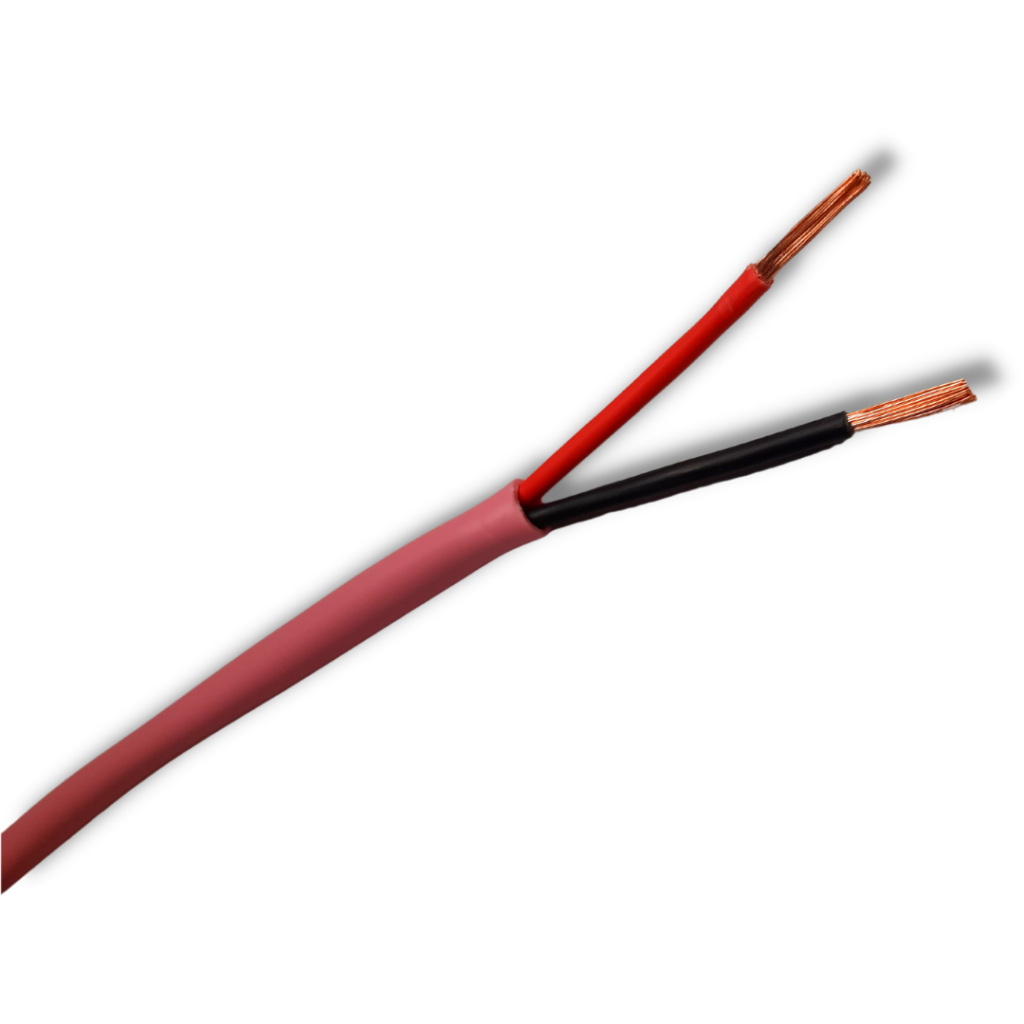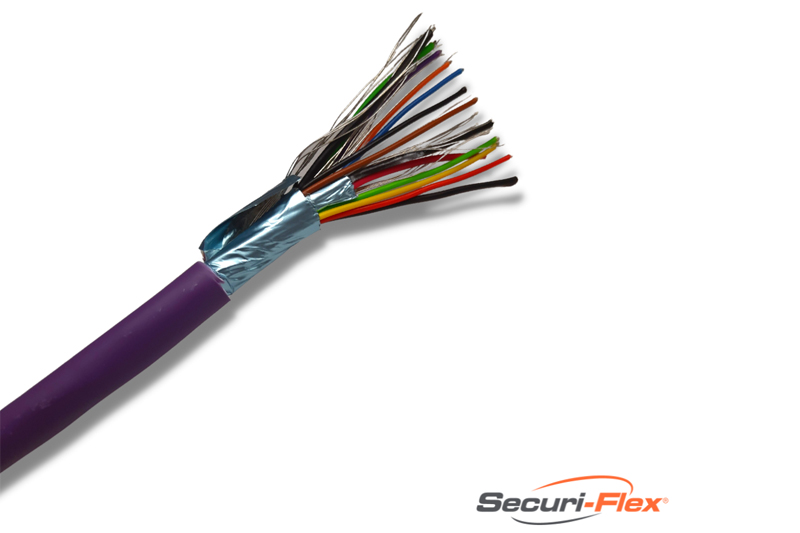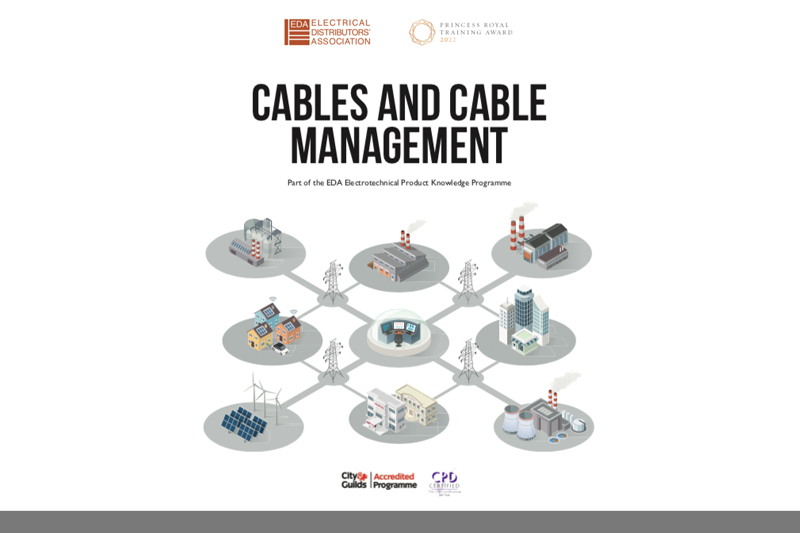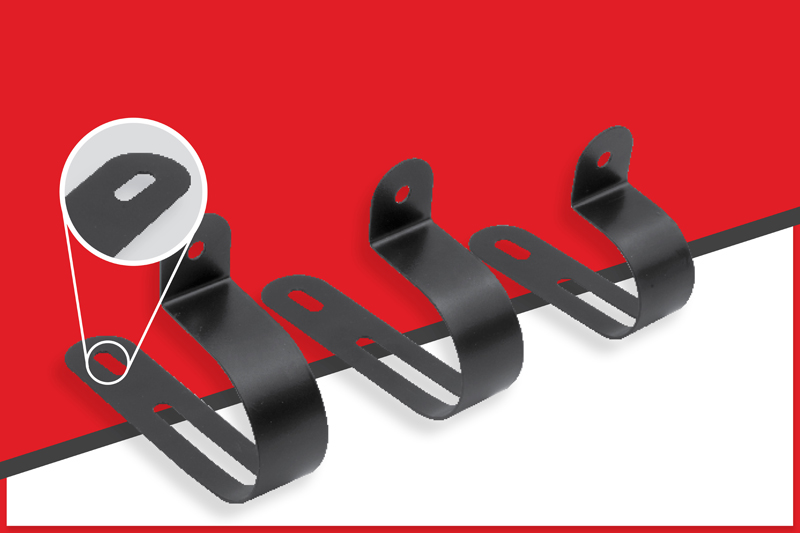The home automation market is growing at a rapid pace and the demand for smarter homes is growing significantly. Holly Pulham of Securi-Flex discusses the cables making it all possible.
A smart home refers to an accessible home setup which allows homeowners to control appliances, thermostats, lights, and other devices remotely using a smartphone or tablet through an internet connection. For example, you can even use voice commands through Google Home or Amazon Alexa to complete basic tasks in your smart home.
What is the difference between ‘home automation’ and ‘smart home’?
Home automation is a system that allows your smart home to run automated services you may have set up. They will be pre-programmed by the user to deliver pre-defined preferences. The idea behind this is that some things which you may do all the time on a routine basis should and can be fully automated. For example, with certain lighting you might like it set to a preferred state which adjusts automatically to how you want it each time.
A smart home on the other hand, as mentioned, can be controlled by the user via an app on their phone or by using an internet connection to connect to these devices, which in this context could be smart or dimmable bulbs.
Why are smart homes becoming more desirable?
An automated home, either fully or in part, provides numerous benefits to its user. This includes enhanced security for the protection of theft, protection from unauthorised access to the user’s home and the evolving need for energy efficient solutions. For these reasons it’s no surprise that the market is gaining traction, particularly in the residential and commercial sectors in order to protect both personal and business-related assets.
There’s been an increase in demand for home monitoring from remote locations. In line with technological advancements, the adoption of smart devices and growing number of smartphone and Internet users worldwide are all contributing factors.
Smart home statistics show that the global household penetration of products stood at 7.2% in 2019, according to Statista. This figure is reportedly set to increase to 16.7% by 2023, which is more than double and there’s certainly room for further growth.
What is the most common smart home product in Britain?
According to YouGov, smart meters are the most commonly used smart home product in Britain. However as these are free, it is noted that smart speakers are the most popular smart home device by physical purchase, with 11% of consumers owning one. Among them, 69% chose the Amazon Echo, while a comparatively small 19% opted for Google Home.
The key role specially developed cabling can play
This leads us to discuss smart home cabling and the options available. Securi-Flex stocks a vast range of cables suitable for smart homes, which includes but not limited to: audio speaker cables, smart lighting, blind control, access control (Purple Pipe), networking and high-speed data, home surveillance, fire alarm, security alarm, HVAC control, Belden and KNX equivalents (also known as EIB cable), which is ideal for smart buildings and building utility systems.
Cable options
Let’s take a closer look at some of these cables. Securi-Flex stocks a composite access control cable, also known as Purple Pipe. Specifically designed for proprietary access control systems, these cables are broadly used in public buildings where security and safety are important. It’s a cost-effective security solution that’s less labour-intensive and provides easy-identification features for a new level of ease and convenience to any installation.
Commonly known as KNX cable, Securi-Flex also stocks an EIB Bus equivalent which features two twisted pairs of solid conductors with a foil screen and tinned copper drain wire. This cable has a distinctive sheath which is green in colour and is Low Smoke Zero Halogen. The KNX/EIB cable has exceptional capabilities for electrical and shielded communication performance, which enables use for intelligent building control, lighting, heating, ventilation, air conditioning, blinds, time management and locking systems. This is used to build intelligent building control solutions for domestic and commercial applications resulting in control of the users everyday working or living environment.
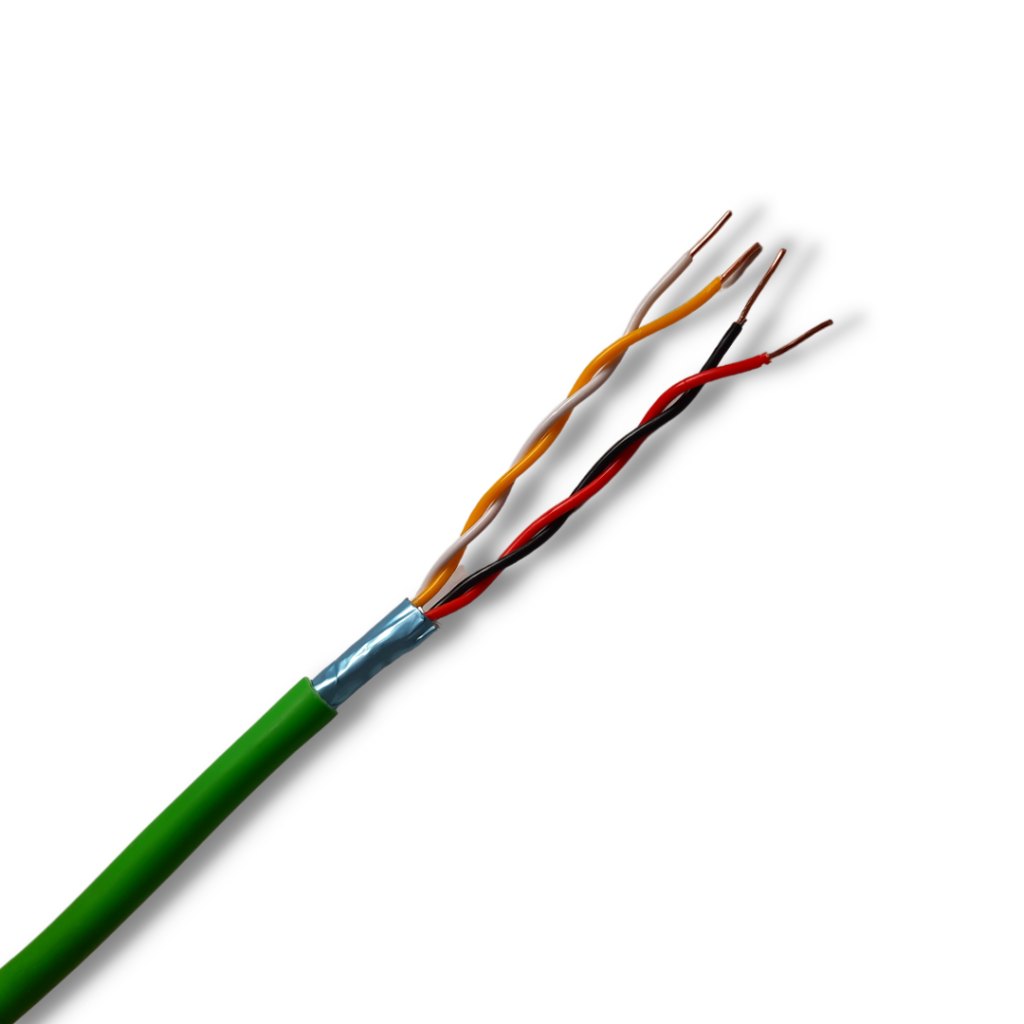
The Securi-Flex home automation range also includes structured data networking cables, which enable multiple devices to share connection of internet and media over Category 5e, Category 6, Category 6A, Category 7A and even Category 8. Streaming HD for example requires cabling that can provide fast and accurate data transmission. Using a high-quality, high-performing data cable is vital.
DALI (Digital Addressable Lighting Interface) is a standard international Communication Protocol, a global standard for dimming and digital lighting control. DALI cables are versatile, easy to install and a cost-effective lighting control solution.
LonWorks (Local Operating Network) is regarded as the world’s Leading technology for building services devices. Devices are installed in a variety of sectors including motorway lighting, lighting control, HVAC systems, security systems and many more. The ‘SFX/USP1-16’ for example is available in LSZH GREY and Black PE Duct Grade – It has two 16 AWG cores and unscreened composition.
Hybrid data, communication & control cables work with speciality lighting systems for efficient control of artificial light. Often referred to as 1502R or Lutron equivalent, we can offer our ‘SFX/USP16-OSP22-LSZH’ from stock, which is the ideal solution to these systems to allow custom configuration by the owner to create their own lighting settings. Whereas lighting control bus cables are intended for communications between the lighting distribution board, lighting control modules and luminaire plug wiring. Colour coded sheath compounds are provided for the ease of identification between lighting control wiring and Dali Bus Installation. These are often referred to as E-BUS, M-BUS, O-BUS and T-BUS.
To view the full range of cables, click here
